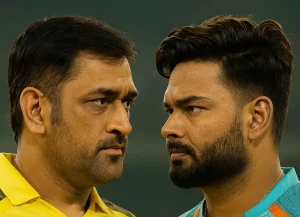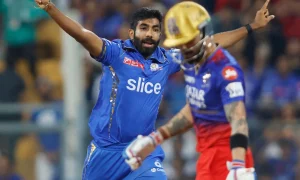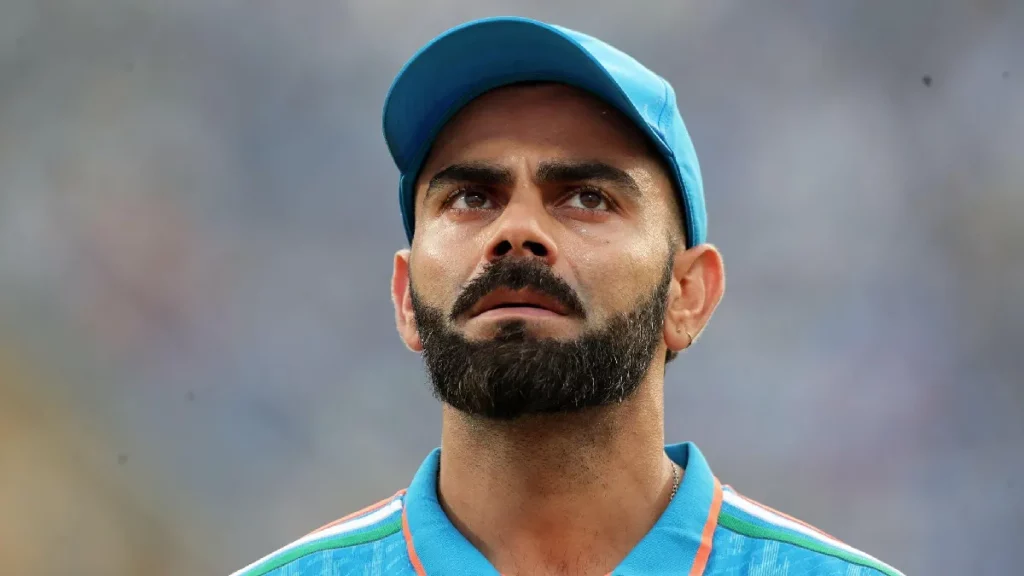India’s cricket team kick-started their home series against Afghanistan, winning the first T20I by six wickets to start with a victory on Thursday January 11 at IS Bindra Stadium in Mohali. The hosts had to do without Yashasvi Jaiswal and Virat Kohli’s presence in the playing XI, but some difficult choices are likely for the rest of this series.
Yashasvi Jaiswal is not a severe groin injury, and Virat Kohli has been cleared for the second and third T20Is after missing the first one owing to personal reasons. Today is very different from the time that his last T20I appearance was made in 2021 World Cup held in Australia.

However, the way that former skipper will be included back into this current setup has yet to clarify whether there are rather several options. He could keep his number at No. 3, or he could even be advanced to the leading order – as his role in Royal Challengers Bangalore RCB .
It goes without saying that Virat Kohli is a guaranteed name for included in the playing XI, given how few T20Is left to experiment now India has While many names whose place when it comes to the initial starting eleven have become uncertain.
Several considerations need to be taken into account before deciding which player would replace Virat Kohli in the second Twenty20 International. In light of this, let’s examine a few possibilities that might result in the former captain playing in T20Is again after a 14-month absence.
1. If Yashasvi Jaiswal is fit
Team India had declared that the opening pair for the first match would be Rohit Sharma and Yashasvi Jaiswal, but this did not happen because due to a critical injury at close of going-to-bed time. This resulted in Shubman Gill at the opening slot and Tilak Varma scoring No. 3.
Since that Jaiswal and Rohit Sharma were the preferred opening combination, it stands to reason that he will do so if he recovers in time for the second Twenty20 International. Shubman Gill finds himself in a difficult situation with the left-hand-right hand combination at the top.
Since Gill cannot bat outside of the top three, Virat Kohli is expected to bat at No. 3, which means he will have to clear the way for Rohit, Jaiswal, and Kohli to form the top three. Tilak Varma can and has played at No. 4 for his team and country, and the other batsmen can adjust to the adjustment to some extent as well.
India is unlikely to use three spinners because the match is being played at Indore, which is renowned for its small boundaries. This may result in Jaiswal replacing Washington Sundar, who would otherwise be dropped. Still, this generally deprives India of bowling choices.
Another alternative is to drop both Gill and Tilak for Jaiswal and Virat Kohli, respectively, and maybe bring in a spinner like Avesh Khan in lieu of Washington Sundar.
This will allow the in-form middle-order hitters to play in the same position as they have done in recent times. Dube won’t have to go down to No. 5 without Tilak, and so on.
2. If Yashasvi Jaiswal is not fit
Given that Gill or Kohli would almost certainly bat at No. 3, Tilak Varma may have to clear the path if the young player is unable to recuperate in time for the second Twenty20 International.
The middle-order will remain in their place, where they have performed admirably thus far, thanks to the simple swap. India may stick with the Rohit-Gill opening combo or give the much-discussed Rohit-Kohli combination a go at the top with Gill, Rohit, and Kohli as the top three.
Another possibility is to bench one of the all-rounders who bowl spin, like Sundar, in favor of Virat Kohli, keeping Tilak at number four in the batting order. This strategy will provide India five bowling options, with Dube as the fifth bowler, but it will also result in middle-order hitters being piled together in the bottom part of the batting order.
When playing at a run-friendly location like Holkar Stadium, a bowling attack lacking a viable sixth option is far from optimal.




